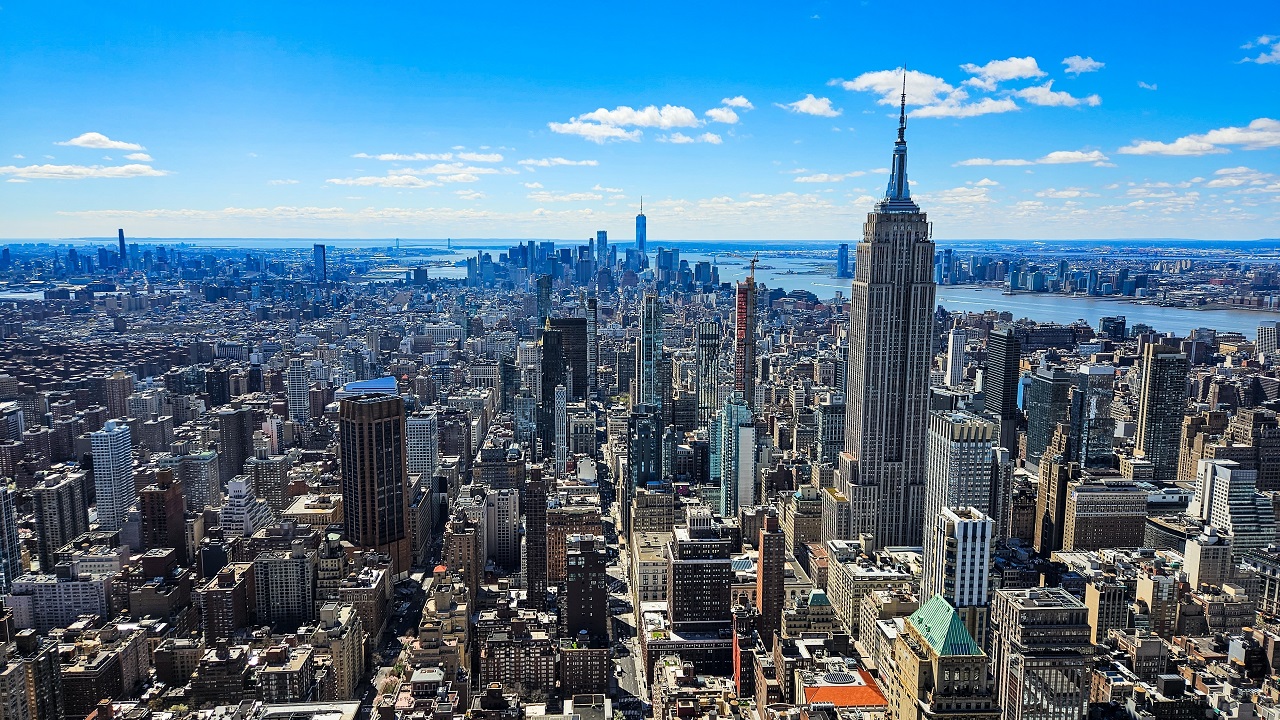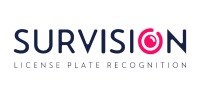Survision: How Can LPR Help Reducing Air Pollution?
How the Simple Fact of Reading License Plates Leads to Make Our Air Cleaner

Every day that passes, pollution becomes even more of a worry for populations and governments worldwide. The most recent studies show that more than 8 million people die every year from bad air quality; 12.5% of deaths (1 in 8) in the EU are linked to air pollution, according to a report published by the EEA (EU Environment Agency) in September 2020.

Air pollution is now proven to be more deadly than even cigarettes, affecting human life through heart diseases, lung cancer and other respiratory problems. For the first time, in 2020, pollution was the first issue for people in surveys, before unemployment or security.
Air quality is primarily affected by fine particles, Nitrogen Dioxide, Carbon Dioxide and Ozone emissions. Transportation activities are the first source of Greenhouse Gas emissions (30%) and road transportation Is by far, the main source among transport activities.
Controlling road transportation and finding ways to reduce its impact on air quality has a major overall effect on pollution and is considered a priority for governments.
LPR/ANPR could play a significant role in making our air cleaner
The main advantage of LPR/ANPR is that it can help reduce emissions by ensuring that vehicles are not using more gas than they should.
Thanks to LPR, it's possible to count vehicles; this allows off-street and on-street parking systems to localize free parking spaces. This "little" enhancement leads to huge decreases in air pollution at the same time as increasing the quality of customer service: most drivers will spend less time finding a place to park.

Thanks to the automatization of barriers in FreeFlow / Ticketless Parking with license plate recognition, they will also spend less time coming in and going out of off-street parking, leading to lower emissions.
By identifying vehicles through license plates, License Plate Recognition (LPR/ANPR) can help enforce eco-regulations, limiting vehicles' access to restricted areas that don't match these regulations.
LPR is the best technological tool to enforce Low-emission zones and ensure that only electric or hybrid vehicles access city centers where ground transportation pollution is extreme and harmful.
LPR can also be used to enforce H.O.T. (High Occupancy Tolls) and H.O.V. (High Occupancy Vehicles) lanes and identify trucks that are not respecting limits to weight loads on motorways.

On Motorways, Free-flow tolling (instead of traditional stop&go tolling) significantly reduces emissions by reducing jams at toll lanes, as well as the energy needed to gear up heavy trucks that have been forced to stop at plazas.
By avoiding “frictions” in road transportation, LPR/ANPR represents an essential contribution to developing pollution-reducing technologies that will make this planet a better place to breathe and live.
About SURVISION 
SURVISION is a global leader in License Plate Reading (LPR). Since 2001, with solutions being deployed in over 50 countries with more than 50,000 cameras thanks to a network of 900 Value Added Integrators. The quality of its R&D team allows SURVISION to work with world-class integrators for a complete set of innovative solutions for Smart-City, Smart-Parking, law enforcement, toll road collection, car-park management, and for local authorities.




Comments
There are no comments yet for this item
Join the discussion